
7 Muscle-Growth Rules You Should Never Break
Nail these unwritten rules for faster gains in size and strength.
You see the signs on every wall in the gym: Rerack Your Weights After Use. Wipe Off Your Bench When Done. Observe Time Limits On Cardio When Others Are Waiting. If you don't understand basic gym etiquette, just read and follow the posted signs, and you'll get along just fine.
Unfortunately, there are no such visible guidelines for ensuring muscle growth—the reason you're at the gym in the first place. You're free to make your own decisions regarding your training and nutrition that may end up working out spectacularly—or spectacularly badly—based upon how much you know and how well you implement that knowledge.
To increase your chances of success, I've provided seven rules you should never break when it comes to your training and nutrition. Learn and follow them, and you'll make significant progress in your efforts to build both size and strength.
Rule 1: Never get too comfortable
It's only natural that you want to get into a routine with your gym schedule that aligns with your goals and time commitments. And for the first few months of training, you noticed quite a bit of progress as the novelty of training created significant gains.
Adaptation is the key that drives those gains. You challenge your body with an overload to which it's unaccustomed, and it responds by growing bigger and stronger. While many of those changes are initially the result of neurological adaptations—the muscles simply learn to fire together more efficiently—after a short time, actual changes in the muscle fibers begin to occur.
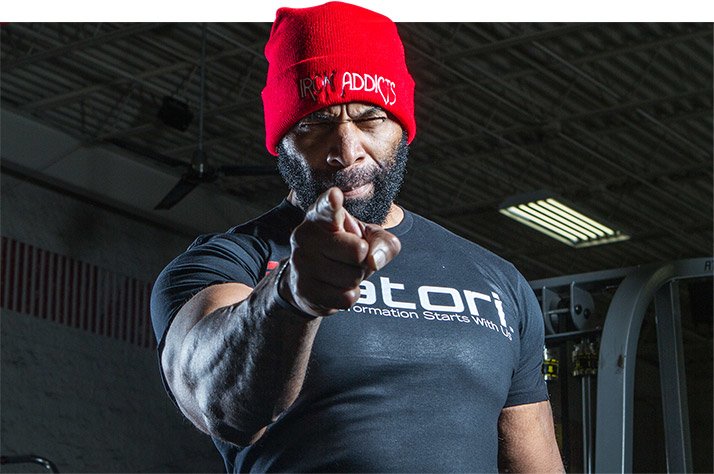
But here's where many lifters start to lose their way. That program that led to those initial gains stops working because, ultimately, the body adapts to the stimulus placed upon it. The fact is, you need to keep increasing the degree of overload to keep seeing continual improvements. That often means increasing the weight as you grow stronger, but it can also mean manipulating other training variables, including reps, rest, volume, selection and order of exercises, training to failure, and other intensity-boosting techniques.
Progressive overload simply means continually challenging your body to new levels of performance as it adapts to previous marks you set before it. Once you get comfortable with a workout and stop pushing yourself, expect your gains to come to a grinding halt.
Rule 2: Never abandon basic multijoint movements
As a beginner, you learned foundation exercises that taught your body how to complete fundamental movement patterns. As you gained more experience, you fiddled with new movements, different grips and foot positions, a wider variety of equipment, and attacked a body part from multiple angles in search of more gains.
While your exercise library exploded from a handful to literally hundreds of exercise variations and permutations thereof—each of which may be good in its own right—it would be a mistake to think you'll ever want to graduate from those basic movements you started with.
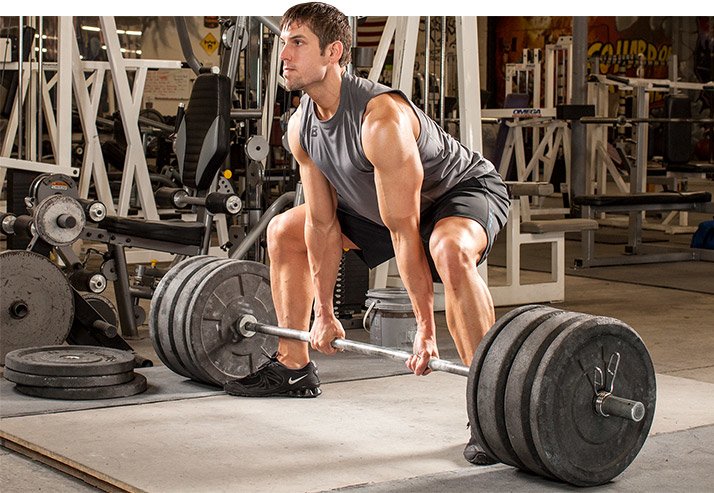
That's because the best mass builders are still the basic multijoint exercises you learned during your first year: bench presses, squats, deadlifts, overhead presses, and rows. They can and should be the foundation of your routine, done early in your workout with challenging weights.
These movements recruit a large degree of muscle mass, which has a huge impact on hormone response—more than any other single factor.1 Higher levels of both growth hormone and testosterone have been measured following large multijoint exercises compared to exercises that recruit a smaller amount of muscle mass. In fact, there's a direct relationship between the amount of testosterone released and the amount of muscle mass engaged during a movement.2
Rule 3: Never overlook the most important variables for muscle growth
Knowing the right multijoint exercises to include in your workout is a good start, but to optimize hypertrophy, there are other variables to consider:
-
Intensity: Training intensity isn't about how hard you work out, but rather relates to the weight you're lifting as compared to your one-rep max for that move. It's been determined that for growth, you want to choose a weight in which you can do about 6-12 reps, reaching muscle failure within that target range.
-
Volume: Higher-volume, multiple-set programs have consistently been shown to be superior over single sets when it comes to building muscle, mostly because of their ability to elevate growth hormone and testosterone. A split routine, in which you can do more total sets for a given body part, may be more beneficial in terms of hypertrophy than following a whole-body routine in which less volume is done for each muscle group.
-
Training to failure: Training to a point at which you can't complete any more reps on your own with good form is called momentary muscle failure, and it's been shown to create a greater anabolic stimulus than training below this threshold.
-
Rest periods: This between-set variable seemingly has little effect on growth, but moderate rest intervals—about 60-90 seconds between sets—maximizes the hypertrophic response. Resting too long has actually been shown to be counterproductive to muscle gains because they reduce overall accumulated metabolic stress, a marker of hypertrophy.
Rule 4: Don't go full bore all the time
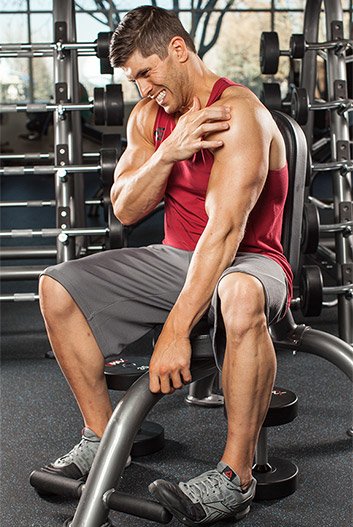
Achieving any weight-training or bodybuilding goal requires long-term commitment, discipline, and consistency. You won't get there overnight. It takes the men and women you see illustrating exercise movements in our articles years of hard work to achieve that status. Pacing yourself becomes important.
You may be someone who is so committed that you want to work out seven days a week. You may want to do forced reps on every single set with your training partner. You may never want to take a vacation, simply for fear of missing workouts.
You might consider twice-a-day training superior to a single daily workout. You might not want to take time off because your shoulder or elbow is sore. You might want to throw one more exercise on to the end of your routine to make sure the muscle is completely worked.
This sort of overzealousness can be detrimental in the long run. Everything goes up when you train all-out, all the time—everything, that is, but your muscle and strength gains. Risk of injury, increases in cortisol, decreases in testosterone, and signs of overtraining like poor sleep, burnout, and stagnation are an indication you need to step your intensity down a notch, at least in the short term.
Overtraining is serious because it can lead to a decrease in anabolic hormones, like testosterone.3 Not to mention, you'll feel like crap. Use techniques such as dropsets and forced reps sparingly, on selected sets and exercises, rather than all the time. Learn to cycle periods of lower volume to allow for proper rest and recovery for your muscles.
In their book "Serious Strength Training," authors Tudor Bompa, PhD, Mauro Di Pasquale, MD, and Lorenzo Cornacchia outline four distinct stages a lifter can cycle to improve long-term muscle gains and reduce the risk of overtraining. A planned, periodized approach to lifting is superior for long-term strength gains than simply training as hard as possible each time you hit the gym.4
Rule 5: Never think you know it all
What happens when you finally learn everything there is to know about nutrition and exercise science? You become an Internet troll, pointing out others' physique flaws and encouraging them to abandon their ultimately doomed efforts. Until then, like the rest of us, you practice ideas on yourself with self-experimentation. Because of genetics, age, metabolism, gender, and other factors, not every technique or diet works the same for every body, so no two people respond in exactly the same way.
That's why advice—whether you read it online or get it in person from your gym's guru—should be viewed with healthy skepticism. What works great for one individual might do diddly squat for you. You really don't know how good any given piece of advice is until you give it a try.
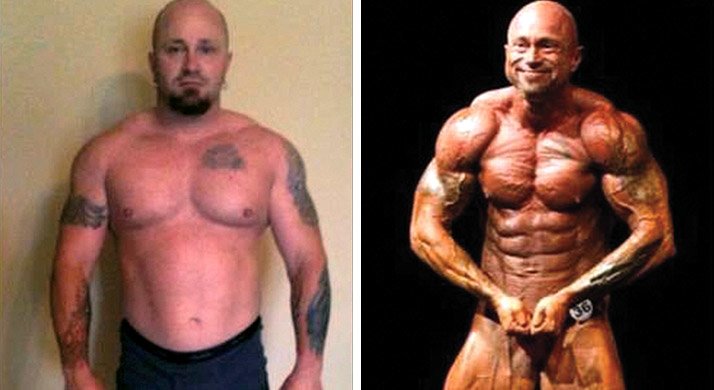
There's a huge universe of approaches out there to consider, but you need to be open to trying new things and be on the lookout for novel training concepts. Some may appear unconventional or even contradictory. Reading and researching options will open up new avenues you may have never considered. But you'll never take the next step in your physique development if you think you already know it all and close off avenues to expand your knowledge.
Actively open your mind to new ways of thinking, evaluating them critically based on your circumstances, and pursue those that seem to push you in the direction toward your goals. That means you're always a student of weight training.
Rule 6: Never put fewer than 30 grams of protein on your plate
Hungry? So what's for lunch? Do you eat lunch like a bodybuilder or the typical American? That is, do you let your appetite determine what you eat and how much, or do you start by choosing a lean protein and quantity, then choose a preparation method that's both healthy and doesn't explode the calorie count?
Learning to eat like a bodybuilder doesn't come naturally in a culture that overconsumes all the wrong kinds of foods and supersizes portions. It starts by putting a minimum of 30 grams of protein on your plate at every meal, whether you're consuming steak, chicken breast, or tuna. You need to learn what 30 grams of protein looks like whether you're preparing it yourself or ordering off the menu.
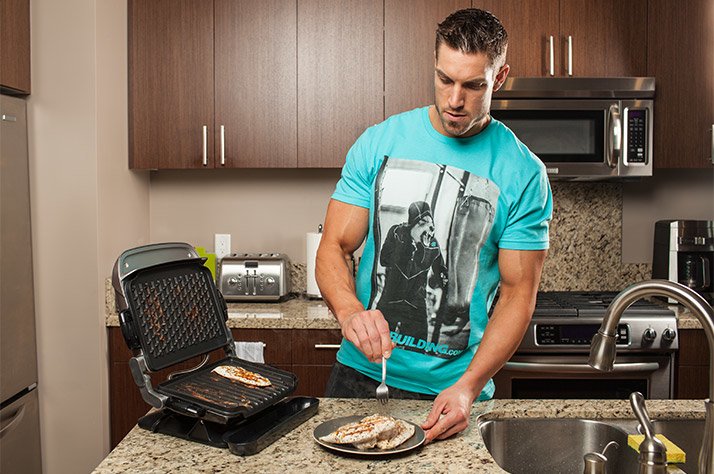
But that's just a start. To ensure you're not getting a boatload of fat calories with it, you'll want to make sure it's as lean as possible, and that it's prepared without added fats (think broiling or grilling over fried). Sirloin or rib-eye? Fried chicken or grilled?
Fill another third of your plate with a complex or starchy carb, and the last third with a veggie, and you've got a good start to a clean bodybuilding meal.
Another protein blast can come from a post-workout shake of protein and carbs. Not only can it increase muscle protein synthesis, which positively affects muscle protein anabolism, but it can also replace spent glycogen and elevate insulin and growth hormone levels, which are both anabolic signalers.5,6
Hyper-Gro by iSatori is a perfect post-workout supplement as it contains protein, carbs, creatine, and is fortified with their patent-pending Bio-Gro, which helps activate anabolic signals.
Rule 7: Never stop looking for ways to gain an edge
There are a number of ways to better ensure you're at your best each time you hit the gym:
-
Recruiting a workout partner will ensure you don't miss a workout, you complete all of your reps, and push you a little more than you would on your own. Make sure that person shares your goals and training schedule, is about your strength level, and is equally committed to your program.
-
Get an edge from supplements. You don't have to take them, but lots of research already supports whey protein, creatine, and even caffeine, among others, as giving a significant and substantial performance boost. Make better and faster gains by using the right supplements for your goals.
-
Prepare your weekly meals on weekends, then stashing them in a cooler and bringing them with you daily. Not having clean, high-protein foods on hand means you're likely to miss a meal, eat the junk that's sitting in the office break room, or eat restaurant or fast food, which can crash your budget and macros. Invest a few hours on weekends preparing perfect midday meals you can take with you to work or school each day.
Nailing the small things ensures you'll have better workouts, won't miss meals, and get a performance boost in the gym. Add them all up, and you're more likely to make faster progress toward your goals.
References
- Migiano, M. J., Vingren, J. L., Volek, J. S., Maresh, C. M., Fragala, M. S., Ho, J. Y., ... & Kraemer, W. J. (2010). Endocrine response patterns to acute unilateral and bilateral resistance exercise in men. The Journal of Strength & Conditioning Research, 24(1), 128-134.
- Volek, J. S., Boetes, M., Bush, J. A., Putukian, M., Sebastianelli, W. J., & Kraemer, W. J. (1997). Response of Testosterone and Cortisol Concentrations to High-Intensity Resistance Exercise Following Creatine Supplementation. The Journal of Strength & Conditioning Research, 11(3), 182-187.
- Izquierdo, M., Ibanez, J., González-Badillo, J. J., Häkkinen, K., Ratamess, N. A., Kraemer, W. J., ... & Gorostiaga, E. M. (2006). Differential effects of strength training leading to failure versus not to failure on hormonal responses, strength, and muscle power gains. Journal of Applied Physiology, 100(5), 1647-1656.
- Bompa, T., Di Pasquale, M., & Cornacchia, L. (2013). Serious strength training. Human Kinetics.
- Chandler, R. M., Byrne, H. K., Patterson, J. G., & Ivy, J. L. (1994). Dietary supplements affect the anabolic hormones after weight-training exercise. Journal of Applied Physiology, 76(2), 839-845.
- Rasmussen, B. B., Tipton, K. D., Miller, S. L., Wolf, S. E., & Wolfe, R. R. (2000). An oral essential amino acid-carbohydrate supplement enhances muscle protein anabolism after resistance exercise. Journal of Applied Physiology, 88(2), 386-392.

